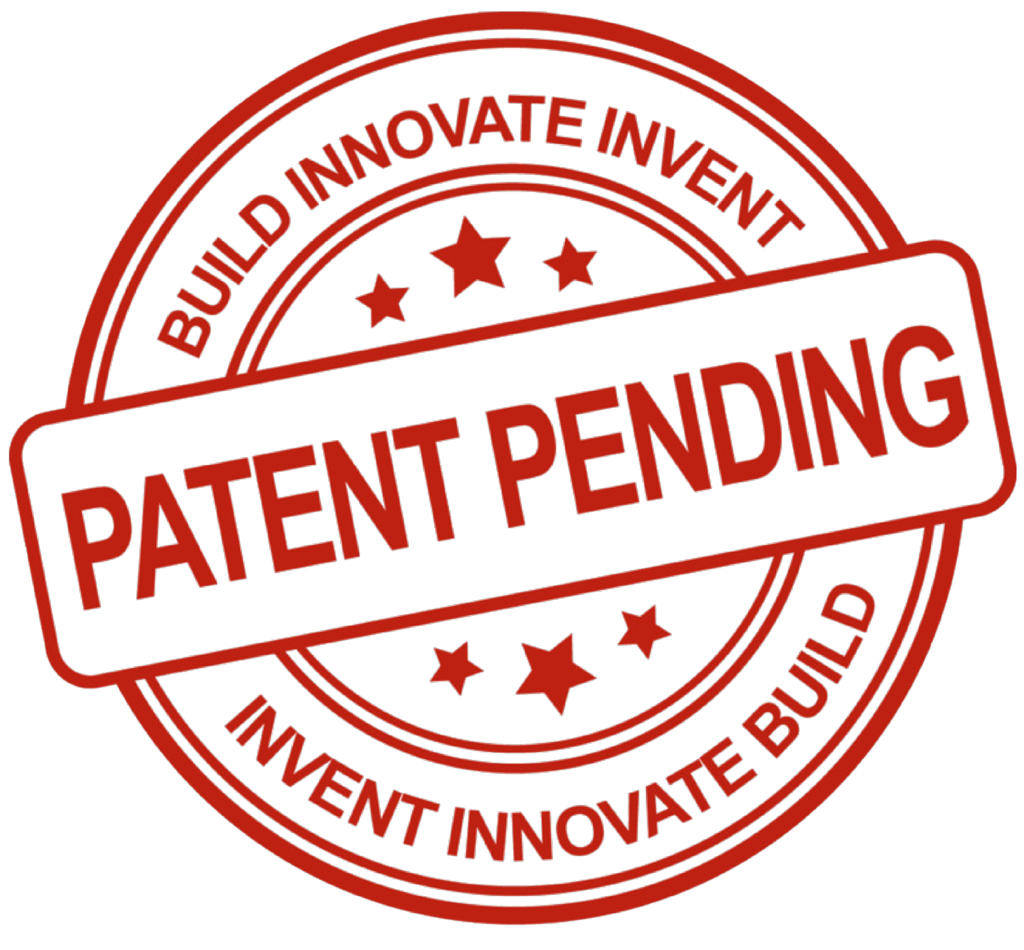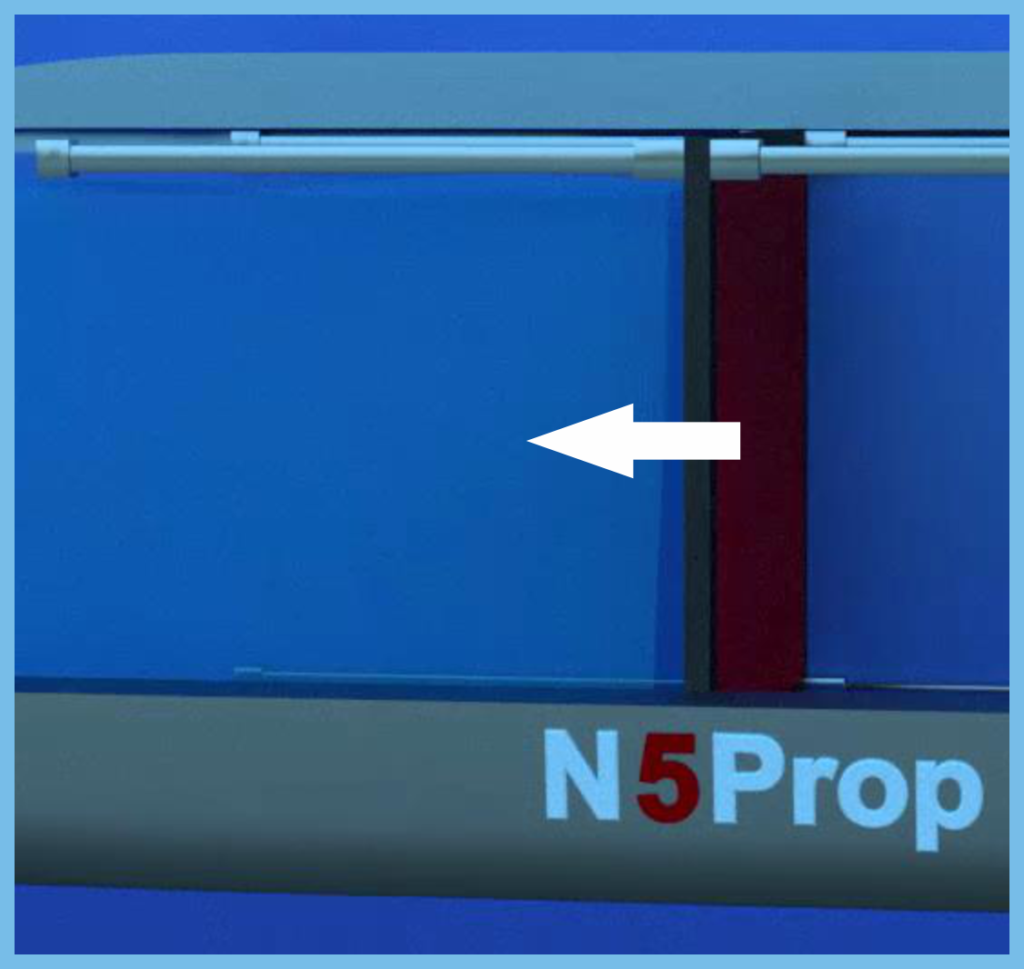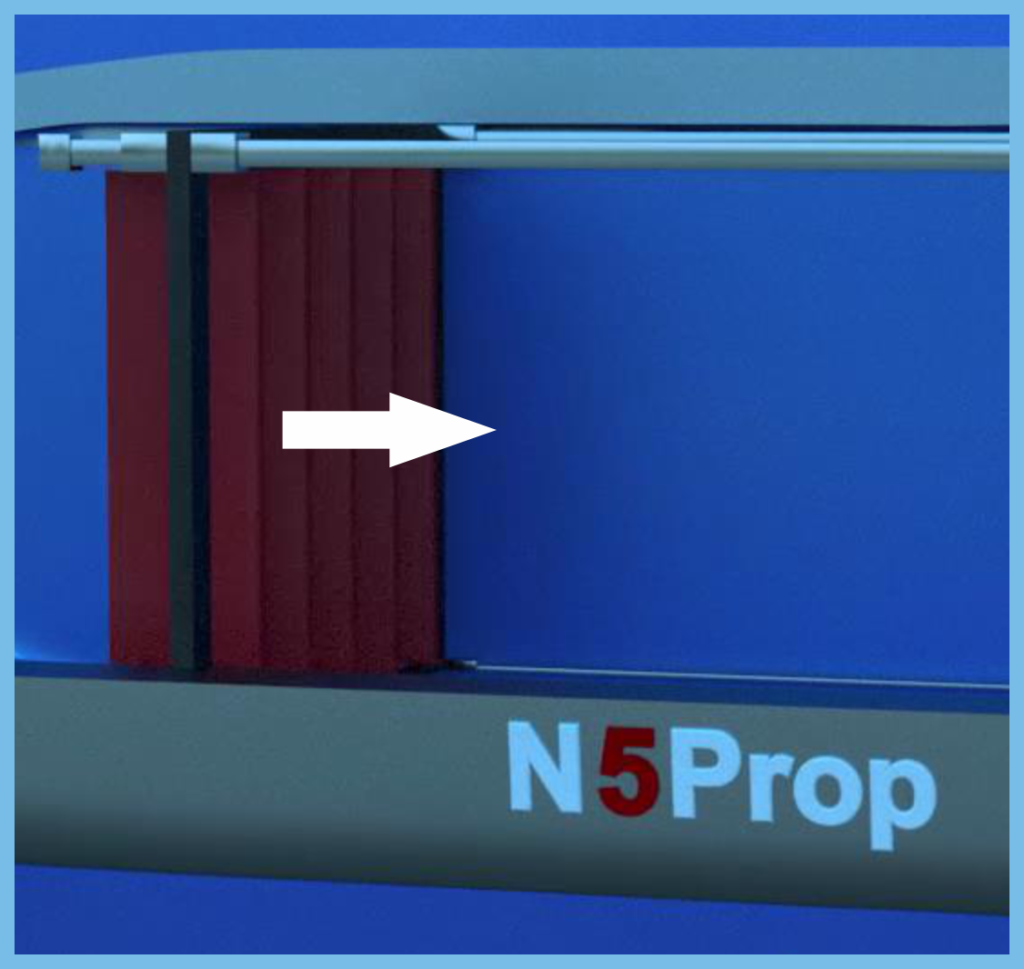
LINEAR-STROKE MARINE ENGINE
THEY CHURN AND SPIN. WE GRAB AND PUSH.
Man-made vs. Nature
Conventional man-made marine propulsion engines use rotating propellers differing from the propelling solutions created by nature with the latter rarely relying on rotating elements.
Conventional Engine
A conventional marine engine creates the propulsion by using a rapidly rotating propeller. As a result, part of the engine’s energy is spent on to rotating the produced water jet. Since rotation of the water does not contribute to the boat’s propulsion, it is wasteful and reduces the energy efficiency of the engine.
Efficiency
Substantial fraction of the energy transferred from the marine engine to a conventional propeller and then to the liquid propulsion jet is spent on rotation of the water, a complete waste that the proposed linear-stroke engine is designed to eliminate.
Read More
Note that most of the blade’s surface in conventional propellers is at a sharp angle to the direction of desired propulsion, contributing strongly to the inefficiency. Secondly, making an analogy to cars where there is almost a perfect traction between the wheels and the road, the proposed linear stroke engine will provide a similar traction between the propeller and water, maximizing efficiency.
In a way of analogies, operation of the marine engine with the invented linear propeller compared to operation of an engine with a conventional rotating propeller can be compared to a volleyball team playing on hard floor and the beach volleyball team playing on sand. The former game is all power and fun to watch, while in the former most of the energy is spent on moving the sand and wasting a lot of energy on overcoming gravity. Similarly, the conventional engine spends a substantial fraction of its power on churning and spinning water, not pushing the boat forward!
N5Prop: Illustration of the Principle
To illustrate the principle of the linear-stroke engine with anisotropic propeller (LSAP), we assembled and hand-tested in a pool the prototype propeller consisting of two plates as shown below. The model of the anisotropic propeller has two identical aluminum plates with slots arranged such that the open area can be changed by simple sliding one plate against the other.
The fully closed position corresponds to the propulsion phase of the linear stroke when the propeller moves away from the boat providing propulsion. The fully open position corresponds to the retraction phase of the phase, when the propeller returns to its location closest to the boat; the key element is that on the return, the propeller has minimal water resistance, thus, “anisotropic” propeller.
anisotropic propeller has two states
Note that the anisotropic propeller has two states for the propulsion and resetting phases of the linear stroke cycle: fully closed (zero flow area – maximum propulsion efficiency) or fully open (minimal water resistance during the propeller’s return phase). As designed, the linear stroke will maximize the efficiency of the engine operating with no water rotation and maximum energy spent on propulsion.
Additionally, the N5Prop is dual use and has minimal energy losses due to almost frictionless operation.


Propeller Fully Closed, Propulsion Phase of the Stroke: Propeller is moving towards the boat’s stern providing propulsion
Propeller Fully Open; Reset Phase of the Stroke: Propeller is relocated towards the boat’s bow encountering minimal water resistance
N5Flippers
Idea and design of N5Flippers also follow the technology used for the anisotropic propeller in the linear-stroke marine engine: they create maximum thrust in the direction of swimming, while minimizing the return phase of the stroke. In addition, the swimmer is able to simplify the moves needed for effective swimming by only making back-and-forth movements.
Anisotropic swim flippers, N5Flippers, in combination with N5Fabric suits, will help the underwater divers and swimmers to improve the energy economics of swimming, and increase the speed.
N5Fabric
Design of the N5Fabric extends the principle of anisotropy of the fish skin discussed above. The fabric used for swimming suits will consist of small carbon fiber scales oriented along the main direction of the human body swimming in the water.
Wearing swimming suits made of the N5Fabric will increase efficiency of the swimmers by reducing waste and translating every movement of the body into propulsion forward.
Another accessory, N5Flippers , in combination with N5Fabric suits, will help the underwater divers to further improve the energy economics of swimming and increase their speed.
N5Ore
Design of the N5Ore follows the technology proposed for the anisotropic propeller in the linear-stroke marine engine. Our ores use a blade consisting of flip-flop carbon fiber blades that create the desired directional anisotropy. The key energy-saving and efficiency benefits include:
Energy Efficiency:
- The N5Ore always stays under the water. This saves a substantial amount of energy needed to lift the ore from the water with every stroke cycle.
- The N5Ore will provide maximum momentum in the direction of the moving boat. No water will be displaced up or down as the conventional ore stroke cycle is executed, leading to additional energy savings.
Convenience:
The rower will not be forced to make complex rotational arm movements, both inconvenient and energy inefficient. When using N5Ore, only a simple linear, back-and-forth movement is required to propel the boat.
ANISOTROPY AND PROPULSION: EXAMPLES FROM NATURE
Anisotropy is the key element in the vibration-based propulsion in nature. For example, fish swim extremely fast and efficiently because ANY movements of their bodies create a forward momentum. Their entire bodies ARE natural propulsion engines due their bodies’ built-in anisotropy: their scales are arranged in a unidirectional, anisotropic pattern. In the illustration below, the forward movement of the fish is from left to right, in the direction of lowest water resistance. As a result, any movement of the body creates propulsion in the forward direction.
The seemingly smooth shark skin has a similar, strongly expressed anisotropy helping a shark to move forward as its body sways in the water.
Not surprisingly, the texture of snakes skin has anisotropy in the direction along the snake’s body not only to make their movement on the ground and trees possible, but much more efficient.
A similar anisotropy is found in the wings of the flying creatures. For example, the natural geometrical anisotropy of the wing shape (concave) allows the bugs to hover “motionlessly” in the air as their wings rapidly flop while the asymmetry in the wings’ shape creates the support, balancing off the force of gravity.